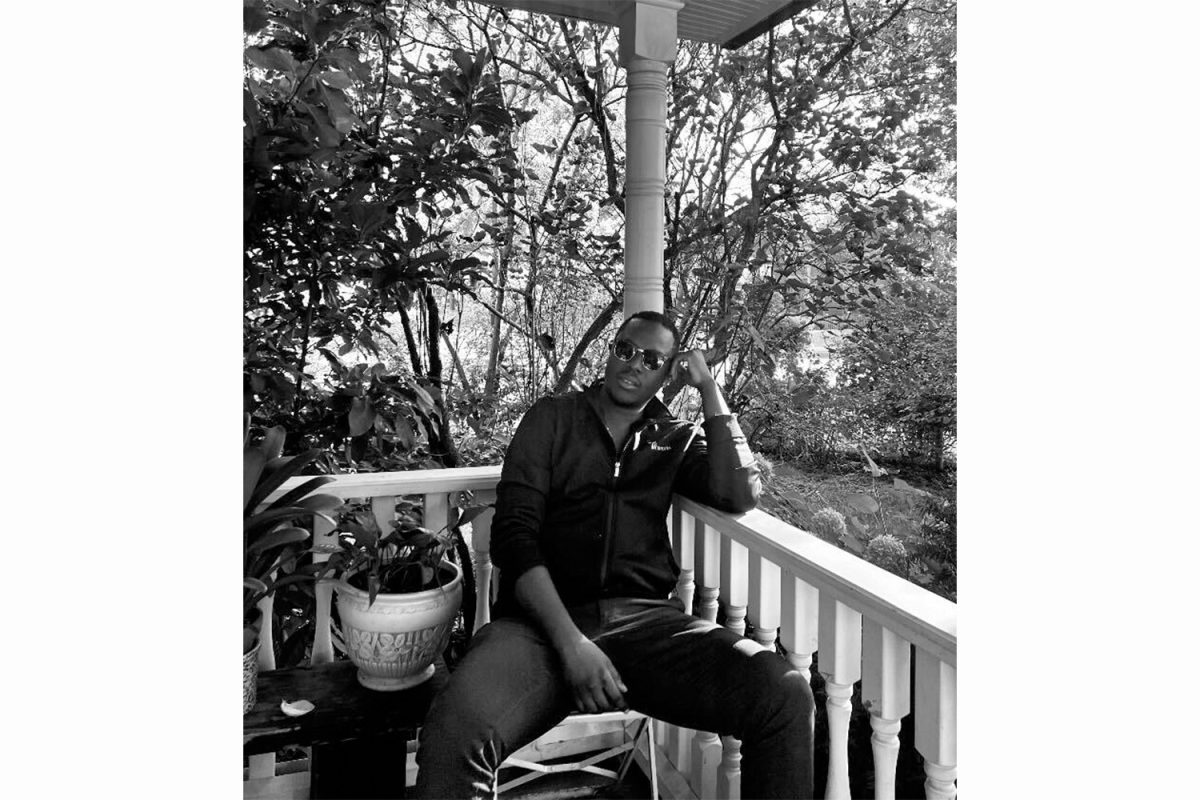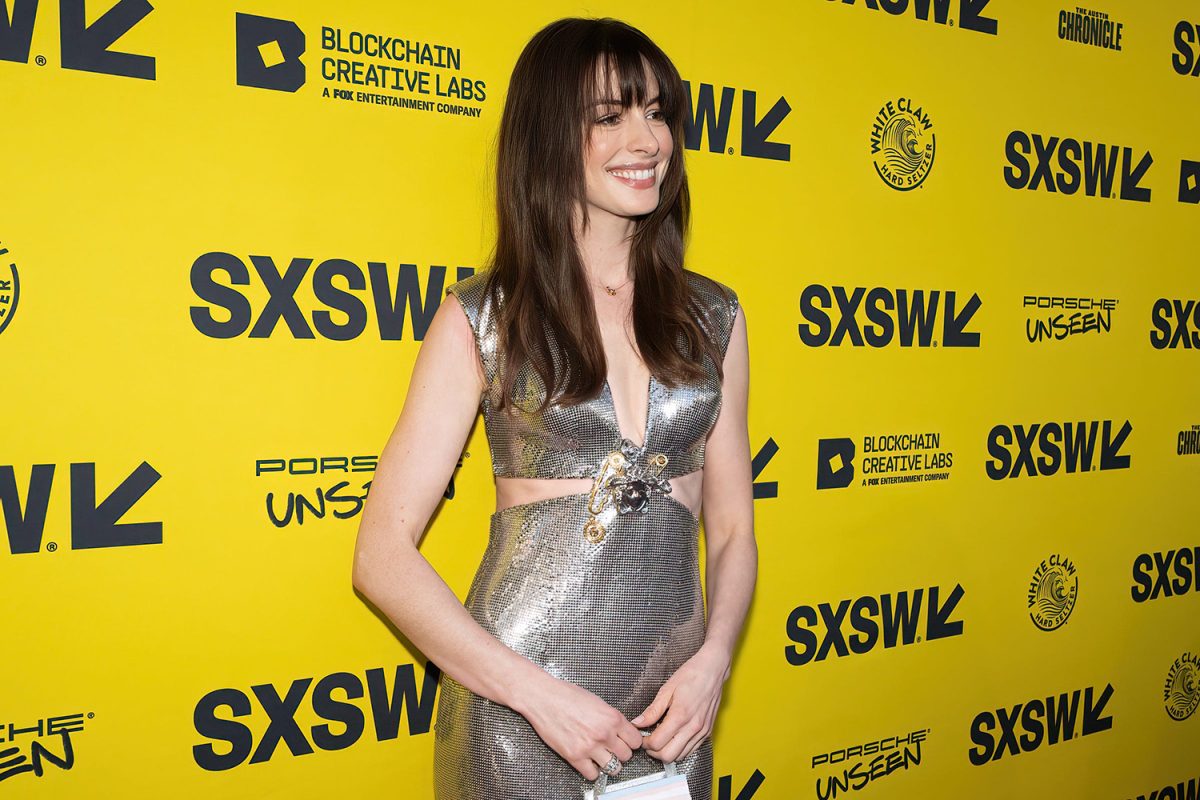
At a rehearsal Tuesday night, the Space/Place stage featured nothing but two stools in the dark, as if it were set for a pair of stand-up comedians or cellists.
But as the lights came up and music drifted in, two women entered the stage with a slow, graceful cadence, and the simple set came to life. Both women took seats on the stools and slowly began to perform identical movements.
The North Hall theater will be full of dancers from the University of Iowa Dance Department this weekend. The annual Graduate/Undergraduate Concert will open today at 8 p.m. and continue with performances through Saturday. The show will consist of 10 choreographed pieces by various members of the Dance Department, both graduate and undergraduate students.
“It’s main purpose is to provide a platform for the students to show their creativity,” dancer Devanshi Mishra said.
Senior Irina Gass said the audience can expect a wide range of choreography in the performances, the product of new perspectives in dance.
“The beauty of this show is that you get to view the works of students who have just recently started choreographing in the past couple of years, as well as those who have formed companies or portfolios of work,” Gass said.
Working as choreographers and performers also offered students the privilege of infusing their message into the pieces from stories they found particularly inspirational.
“There is no overall theme or concept of the concert,” undergraduate dancer Katie Skinner said. “Each piece speaks for itself. We are able to bring a variety of themes.”
These themes include dancing to one’s own beat, discovering how people are all connected, and stereotyping in culture.
Gass, who has been dancing since the age of 3, based her piece, “Becoming Oriented,” on the idea that people, particularly artists, are often stereotyped into certain categories. Her initial inspiration was the story of Michio Ito, a Japanese man who studied dance in Europe, and who was labeled as an “authentic Japanese dancer” as soon as he came to the United States.
“I knew that I was starting the work from a very specific lens, and I knew that the general audience would not likely know the story of Ito,” she said.
“I did not want to be literal with my interpretation of his history and give a step-by-step narrative, but rather communicate the essence of his situation, which I believe to be a common problem that most people encounter at one point or another in their lives.”
Anna Krupp, another senior in the UI Dance Department, was also inspired by a universal problem for her piece, “100 Bitten Tongues.” The dance explores the challenge of not fighting back when provoked, a feeling Krupp said she has experienced.
“Choreographing a solo on myself was something I never wanted to do,” she said. “I have always felt it is nearly impossible to entertain an audience with just one dancer, but in class, we were challenged to investigate what makes us uncomfortable.”
Krupp also co-choreographed a dance with Skinner. “ ‘Pluck’ is mostly an aesthetic piece,” Krupp said. “It originally began as a collaborative choreographic study between Katie Skinner and me, and ended up blossoming into an intriguing duet.”
Krupp and Skinner devised the concept for their dance as a side project while they were both working on other dances of their own. The two said it is up to the audience to find meaning in the choreography.
“The piece is less about something and more of an exploration of different choreographic structures and techniques,” Skinner said.
Mishra, also a senior in the Dance Department, began dancing at the age of 3 while living in India. Her piece for the concert is titled “Movement is You: Movement is Me” and was choreographed in collaboration with Nicole Zozulia.
Throughout the first part of “Movement is You: Movement is Me,” a straight face is kept by both women as they intensely stare at each other, making sure they’re on the exact same beat. Then they break, exploring the entire stage.
“It’s about this connection that individuals have as movers and dancers,” Mishra said. “Even though we are different in every sense, we are similar on the note that we both use movement to express ourselves. And that movement also gives us insight into who we are.”
One of the dancers runs forward, and the other reaches around her waist to pull her back. The music stops, and the lights go down.
DANCE






